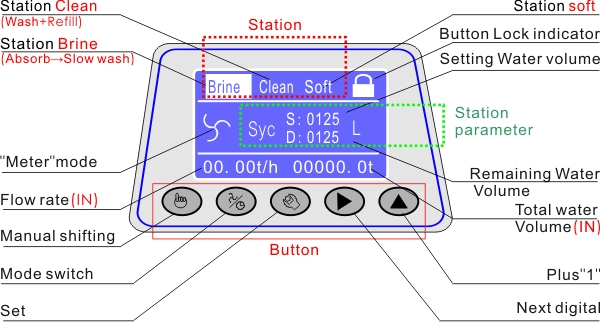Table of Contents
Understanding the Function of a Water Softener Venturi Valve
Water Softeners are invaluable appliances in many households, working tirelessly to remove Minerals like calcium and magnesium from hard water, thereby improving the quality of water for various uses. At the heart of these systems lies a crucial component known as the venturi valve. While often overlooked, the venturi valve plays a pivotal role in ensuring the efficient operation of the water softener.
Understanding the function of the venturi valve requires a grasp of the broader mechanics of water softening. When hard water flows into the softener tank, it passes through a bed of resin beads. These resin beads contain sodium ions, which attract and bind to the calcium and magnesium ions in the water, effectively softening it. However, for this ion exchange process to occur effectively, it’s essential to introduce the brine solution, typically composed of Salt and water, into the resin tank. This is where the venturi valve comes into play.
The venturi valve operates on the principle of fluid dynamics, utilizing the pressure difference between the water flowing through the main line and the water in the brine tank to create a vacuum. This vacuum then draws the brine solution into the resin tank, initiating the regeneration process. Essentially, the venturi valve acts as a gateway, facilitating the movement of the brine solution into the resin tank to recharge the resin beads and maintain the efficiency of the water softener.
Over time, however, the venturi valve can become clogged or obstructed by debris, impeding its ability to create the necessary vacuum and disrupting the regeneration process. Common culprits for Clogs include salt buildup, sediment, or even tiny particles from the resin beads themselves. When the venturi valve is obstructed, the water softener may fail to regenerate properly, leading to a decline in water quality and overall performance.
To address this issue, periodic cleaning and maintenance of the venturi valve are essential. Fortunately, this task can be relatively straightforward with the right approach. Start by disconnecting the water softener from the power source and shutting off the water supply. Next, remove the brine Tank Cover to access the venturi valve assembly. Carefully inspect the valve for any visible signs of buildup or blockage.
Using a soft brush or Cloth, gently scrub away any debris or residue from the valve components. Pay particular attention to the small openings and passages where blockages are most likely to occur. If necessary, you can also soak the valve in a solution of water and Vinegar to help dissolve stubborn deposits.
Once the venturi valve is clean, reassemble the components and ensure everything is securely in place. Reconnect the water softener to the power source and turn the water supply back on. Run a regeneration cycle to flush out any remaining debris and verify that the venturi valve is functioning correctly.

| Category | Type | Feature | Model | Inlet/Outlet | Drain | Base | Riser Pipe | Brine Line Connector | Water Capacity m3/h |
| Automatic Softener Valve | Downflow & Upflow Type | Supply Hard Water during Regeneration | ASB2 | 1/2″, 3/4″, 1″ | 1/2″ | 2.5″ | 1.05″ OD | 3/8″ | 2 |
| ASB4 | 1/2″, 3/4″, 1″ | 1/2″ | 2.5″ | 1.05″ OD | 3/8″ | 4 |
By taking the time to clean and maintain the venturi valve regularly, you can help prolong the life of your water softener and ensure optimal performance. With proper care and attention, this crucial component will continue to facilitate the efficient removal of hard water minerals, providing you with softened water for years to come.
